Take your dog swimming in Hong Kong. Do all dogs know how to swim naturally? What are the benefits of swimming for dogs?
What are the benefits of swimming for dogs?
Summer is a good time for dogs and owners to play in the water together. It can also increase muscle strength, reduce joint pressure, practice body control, and cultivate a relationship with owners. However, while enjoying the coolness, you must also pay attention to the safety of your dog. and health.

This article introduces 5 things to note when taking your dog to swim. I hope these suggestions can help you and your dog enjoy a happy and safe time playing in the water. Here are some things you need to pay attention to when taking your dog to swim:
List of 5 key articles on dog safety when playing in water in summer
1. Choose a suitable water area
Not all waters are suitable for dogs to swim. In some places, there may be garbage, oyster shells, fish hooks and other dangerous objects, or the water quality is poor, which can easily cause injuries or bacterial infections to dogs.
Therefore, before taking your dog to swim, you should first observe whether the water environment is safe and avoid taking your dog to places with different depths or strong currents.
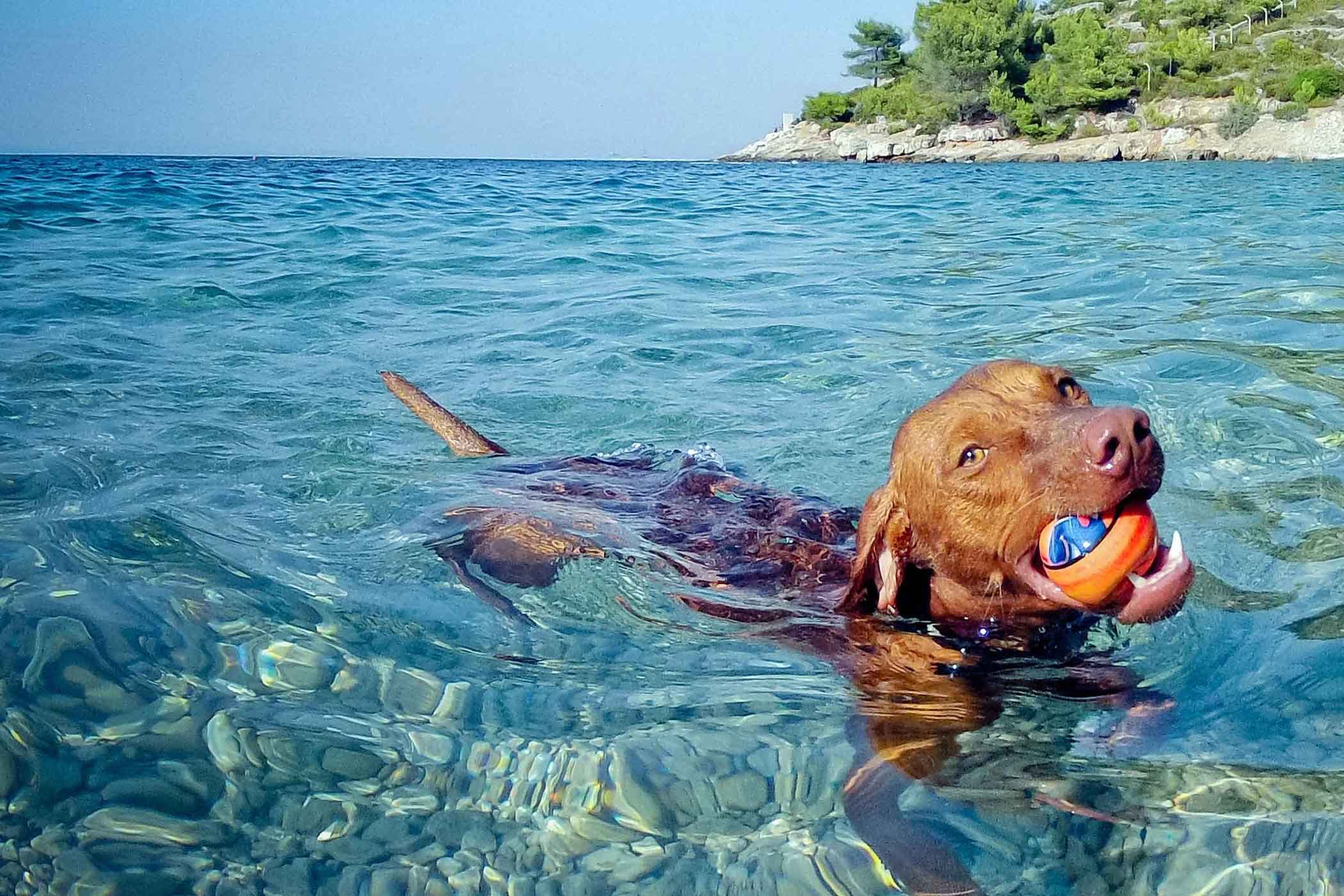
If you go to the beach or river, pay attention to changes in tides and water temperature, and try not to let your dog swim or run on the beach when the sun is bright. Overexposure can easily cause ultraviolet allergies and sunburn.
If you go to a swimming pool, make sure the chemicals in the water are not harmful to your dog and train your dog how to get out of the pool.
When taking your dog to the swimming pool, take your dog to see where the steps and ramps are after entering the water, so that he can know where to go up. In this way, whether it wants to stop swimming or accidentally falls into the water, it can leave the pool on its own.
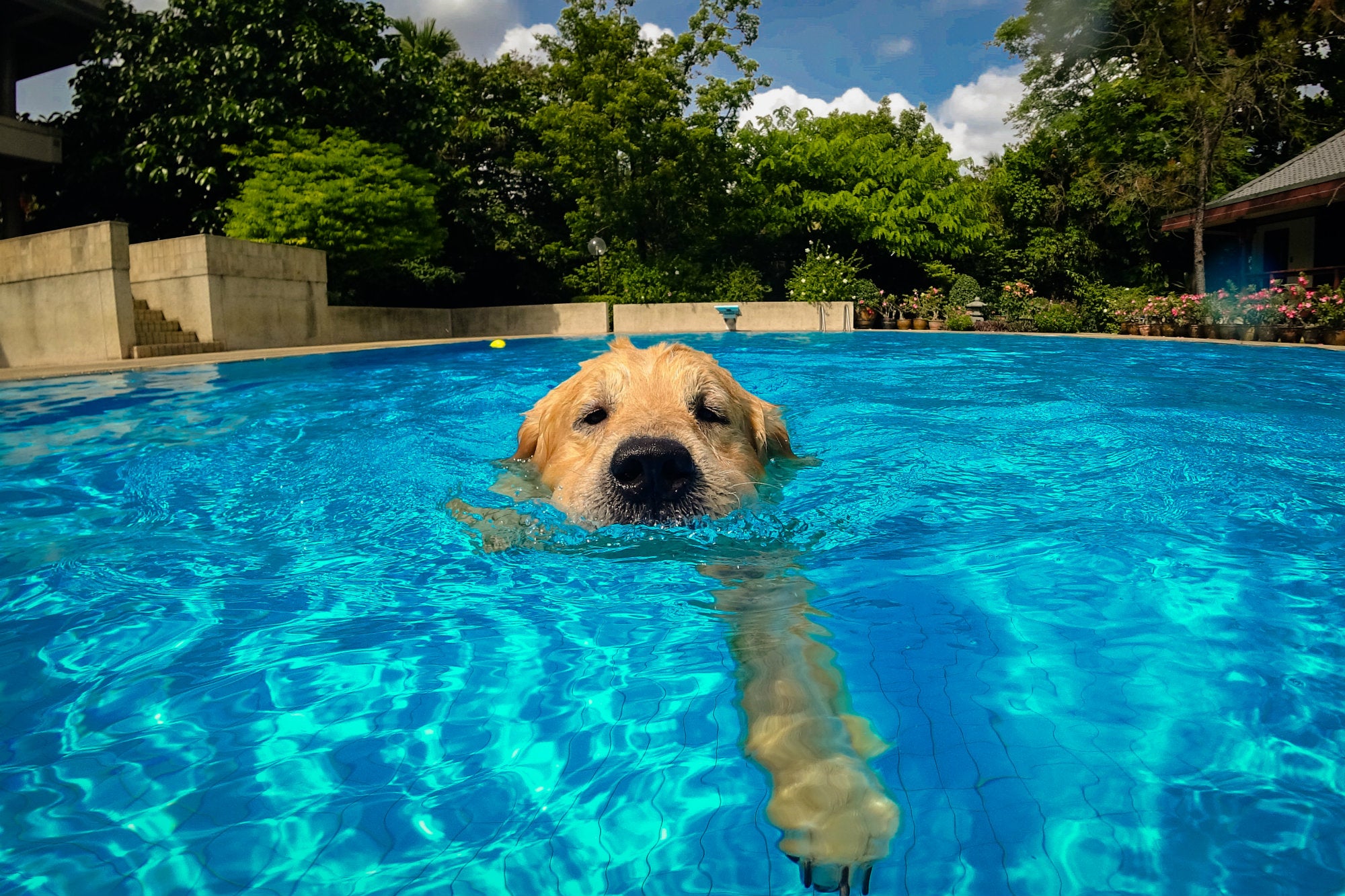
2. Put on a life jacket for your dog
While some dogs are naturally good swimmers, others are less able to swim because of their size, strength, or the length of their noses.
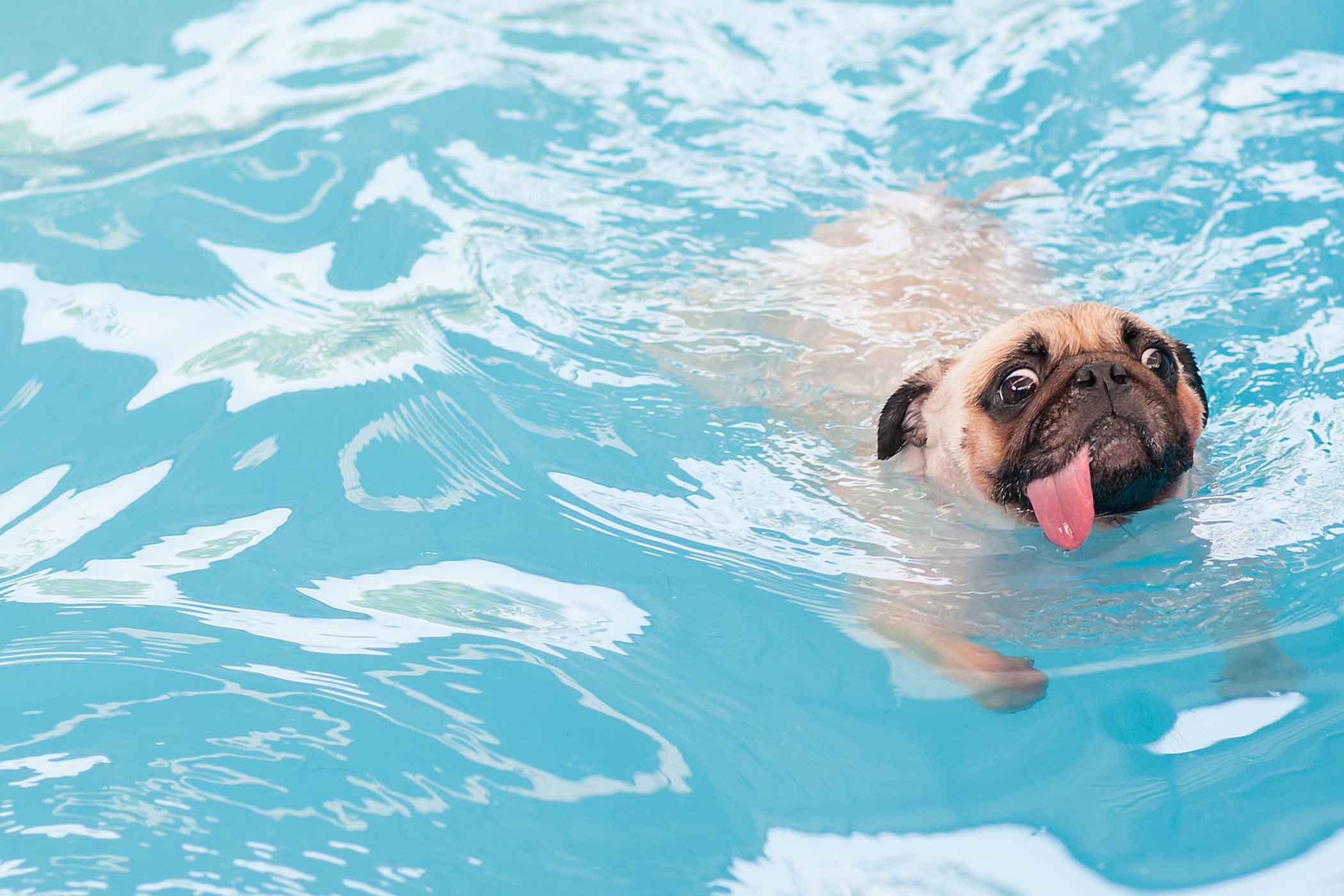
For example, tiger dog, dachshund, corgi, etc. Even dogs that can swim can have accidents due to panic, fatigue, or drowning. Therefore, when taking your dog to swim, it is best to put on a life jacket, just in case.
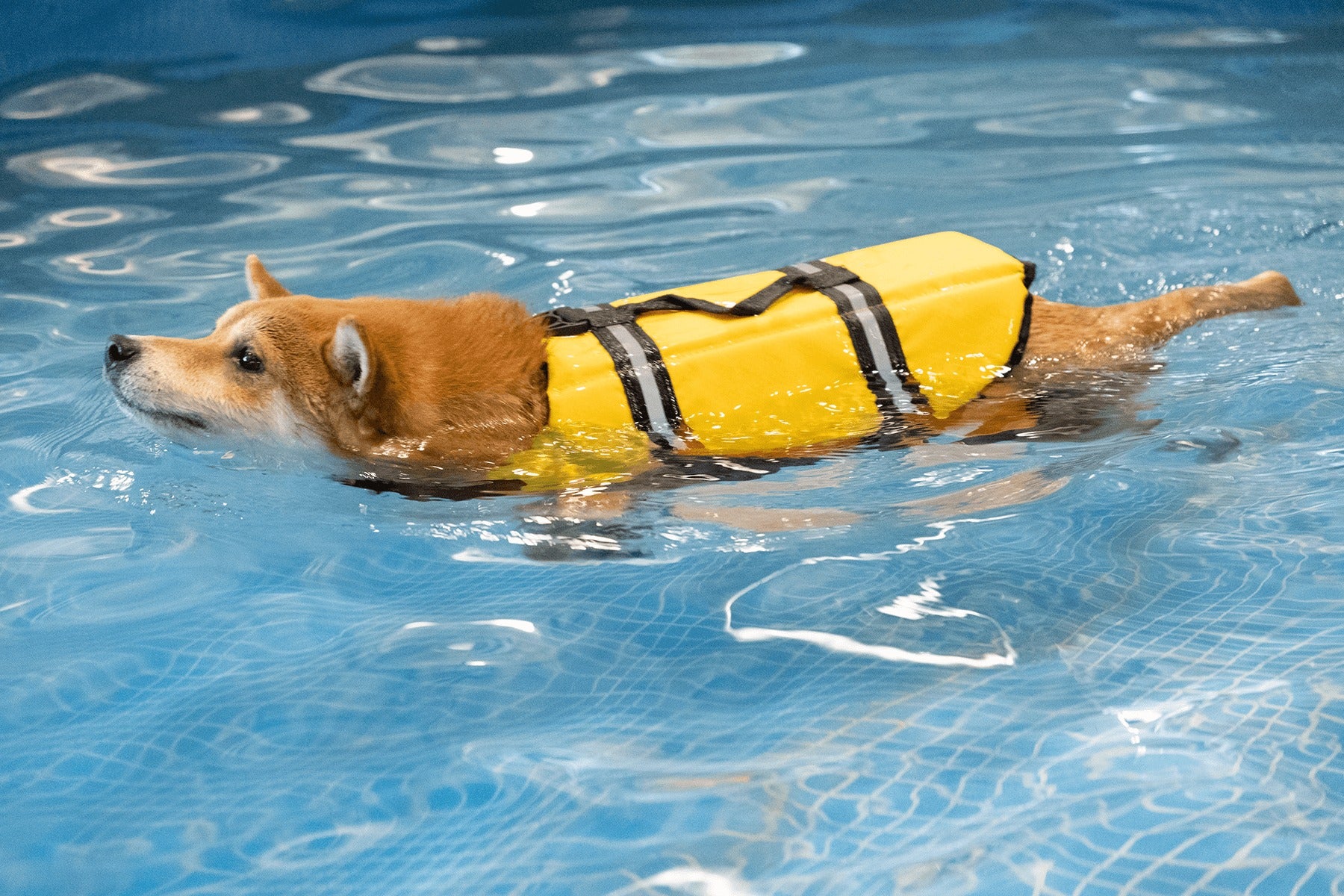
A life jacket helps a dog maintain balance and buoyancy, and also makes it easier for the owner to grab or pull it up.
Dog swimming supplies
🏊♂️Summer dog swimming life jacket (little shark)
On sale as low as $229.00🏊♂️Summer life jacket for dogs playing in water and swimming (clown fish)
On sale as low as $229.00🏊♂️Summer dog swimming life jacket (ordinary style)
On sale as low as $229.003. Teach your dog to swim step by step
Not every dog can swim. Most people think that if you throw the dog down, they will learn it on their own. Special attention must be paid to this. Swimming is not an innate ability.
If it is your first time to take your dog swimming, be sure not to throw it directly into the water, as this will make it feel scared and distrustful.

First, let it slowly adapt to the feeling of water in the shallow water area, then guide it forward with toys or snacks, and encourage it with positive tone and actions.
If it shows signs of reluctance or fear, don't force it, but give it some time and space. During the teaching process, you should always pay attention to its movements and physical condition. If you find it panting, trembling or shaking, you should immediately take it ashore to rest.
4. Pay attention to water and food supplements
Swimming is a physical activity that consumes energy. Dogs will also sweat and drool while swimming, so pay attention to replenishing water to avoid dehydration or heat stroke.
Let your dog go ashore to drink water regularly and choose clean drinking water. Do not let it drink sea water, river water or swimming pool water.
Excessive consumption of these waters can lead to electrolyte imbalances, gastrointestinal upset, or bacterial infections. In addition, avoid giving your dog too much food before and after swimming to avoid gastric torsion or vomiting.

In addition, dogs can also suffer from hypothermia if they stay in cold water for too long. Generally speaking, if you feel cold in the water, it will feel cold too, and it's time to get out of the water.
If your dog becomes too tired due to excessive swimming, or if it accidentally cramps, it must be dealt with immediately and the dog must be given sufficient rest time. If the situation occurs and is not dealt with immediately, life safety may be endangered.
5. Cleaning and maintenance
After swimming, be sure to rinse your dog's body with clean water to remove salt, sand, chemicals, etc. in the water, which can cause damage to your dog's skin and hair.
If possible, you can also use a pet-specific shampoo or conditioner to clean and moisturize its fur.
In addition, you should also use ear cleaning liquid to clean your dog’s ears to avoid ear inflammation caused by moisture retention. If you find any abnormal signs in your dog, such as redness, itching, inflammation, bleeding, etc., take it to the veterinarian promptly.
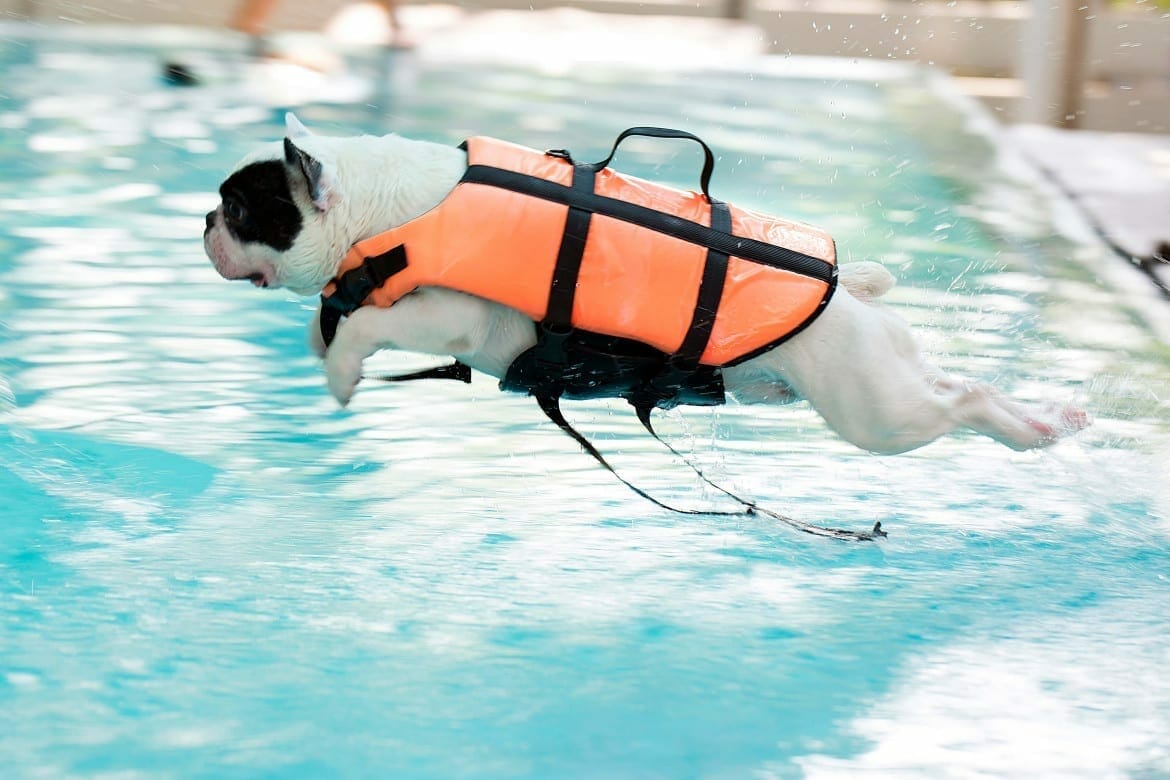
Summarize
Dog swimming is an effective form of exercise that can strengthen cardiopulmonary function, consume excess physical energy, and prevent obesity and joint problems. However, not all dogs are suitable for swimming, and not all waters are suitable for dogs to swim. Each dog's water characteristics are different.
Therefore, when taking your dog to swim, don’t forget to take care of the dog’s safety. I hope it can help you and your furry child have a happy and safe summer!



